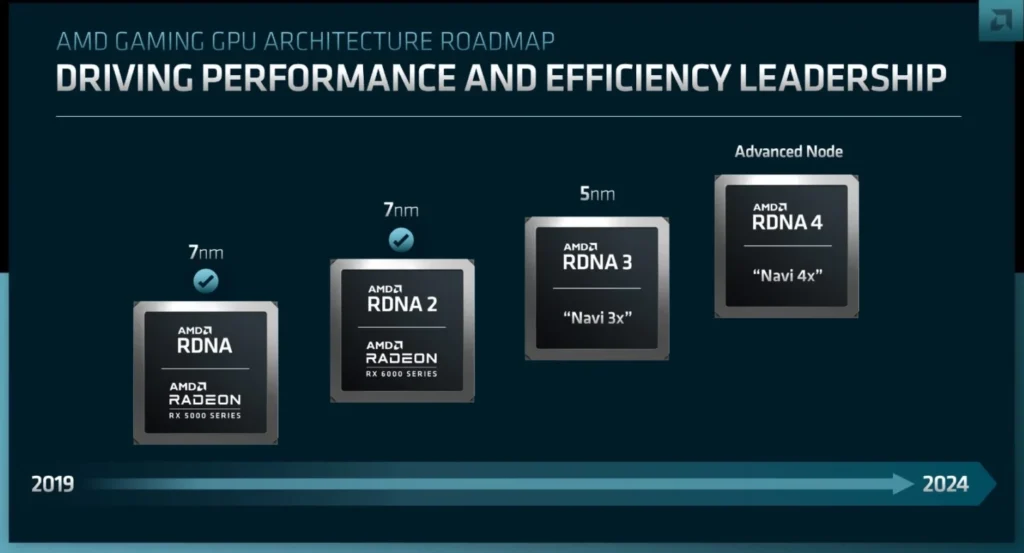AMD may be preparing to unveil its highly anticipated RDNA 4 GPU lineup at the Consumer Electronics Show (CES) in January 2025, according to a recent report. If these rumors are accurate, AMD could get a significant head start on Nvidia’s next-generation RTX 50-series GPUs, which are expected to launch around mid-2025. This timing would give AMD nearly a six-month lead in the competitive graphics card market.
Historically, Nvidia has dominated the GPU space, particularly in the high-end enthusiast segment, where its products consistently outperform the competition. Meanwhile, AMD has delivered strong offerings over the past few years but has struggled to capture significant market share. The RDNA 3 series, launched in 2022, offered competitive performance, yet Nvidia maintained a lead in key areas like ray tracing and AI-based upscaling technologies. With the introduction of RDNA 4, AMD aims to change that narrative, potentially ushering in a new era of competition.
RDNA 4: A Focus on Mid-Range Affordability and AI-Driven Innovation
The upcoming RDNA 4 GPUs will reportedly target the mid-range market, emphasizing affordable pricing. This could make the new lineup appealing to a broad base of gamers, many of whom are seeking high-performance graphics cards without breaking the bank. Some reports suggest that add-in board partners have already begun boot testing the new RDNA 4-based Navi 48 and Navi 44 GPUs, indicating that a formal announcement at CES 2025 is likely.

Another point of excitement surrounding AMD’s next-gen cards is the expected advancements in upscaling technology. AMD’s upcoming FidelityFX Super Resolution 4 (FSR4) may rely more heavily on AI, significantly improving gaming performance on supported hardware. If AMD can offer an AI-based upscaling solution that rivals Nvidia’s DLSS technology, it could position the company as a stronger contender in the graphics market.
AMD’s Strategy to Increase Market Share
AMD’s senior vice president, Jack Huyhn, recently shared the company’s ambitions to double its GPU market share, which currently stands at 19%. By offering RDNA 4 GPUs at affordable prices, AMD










